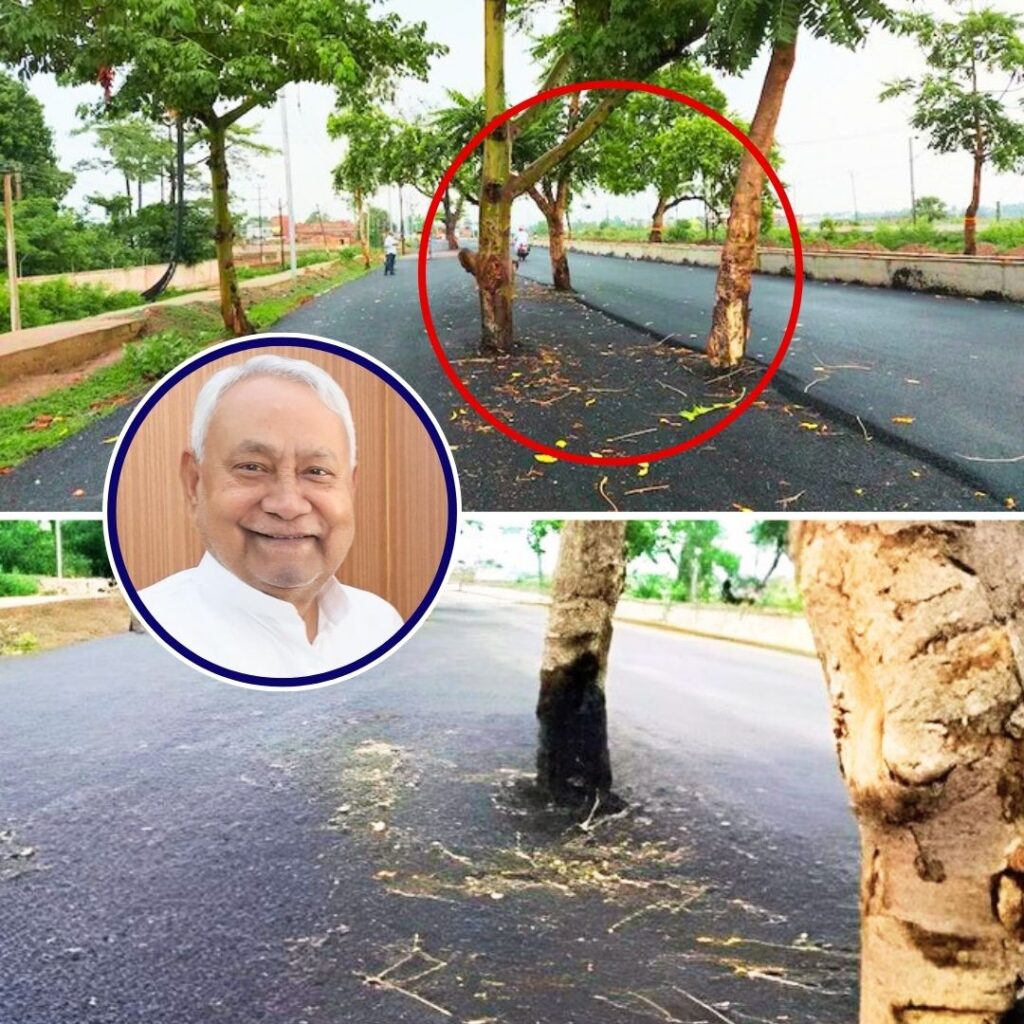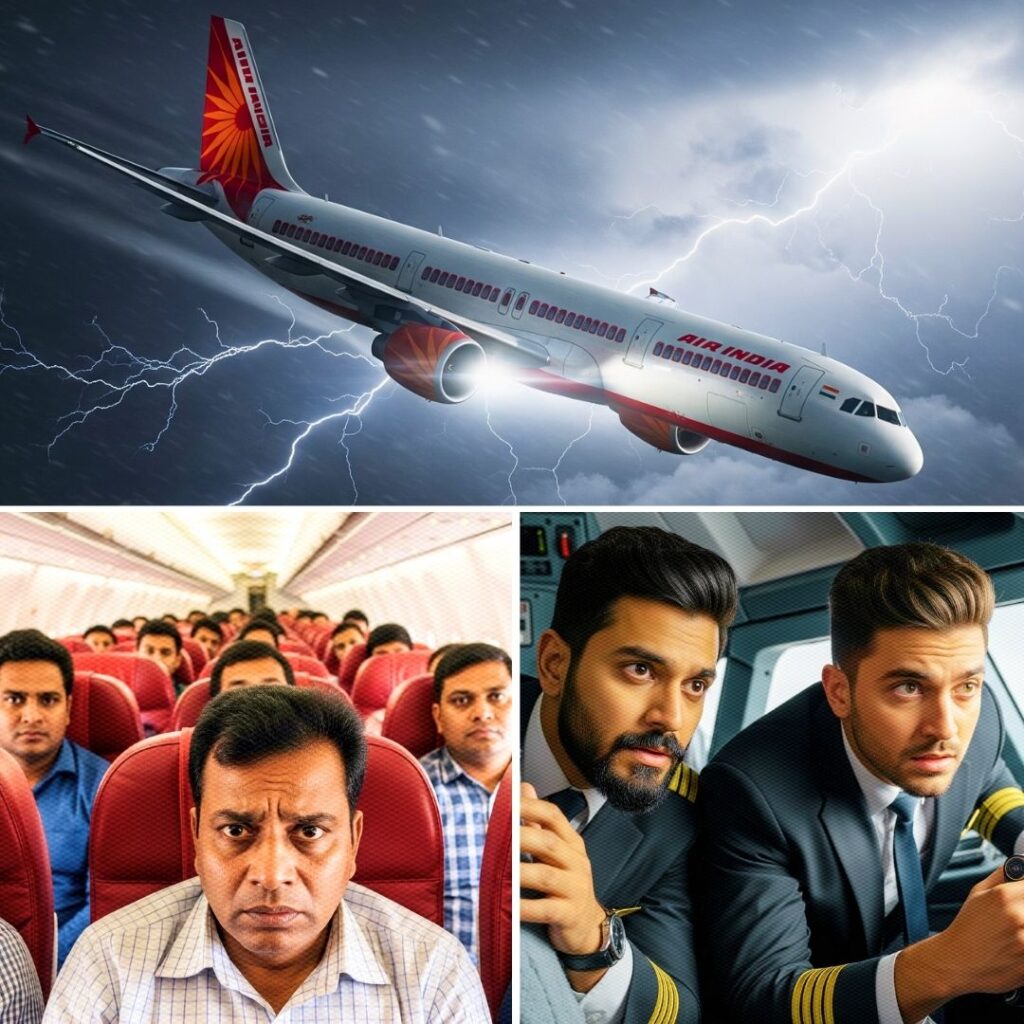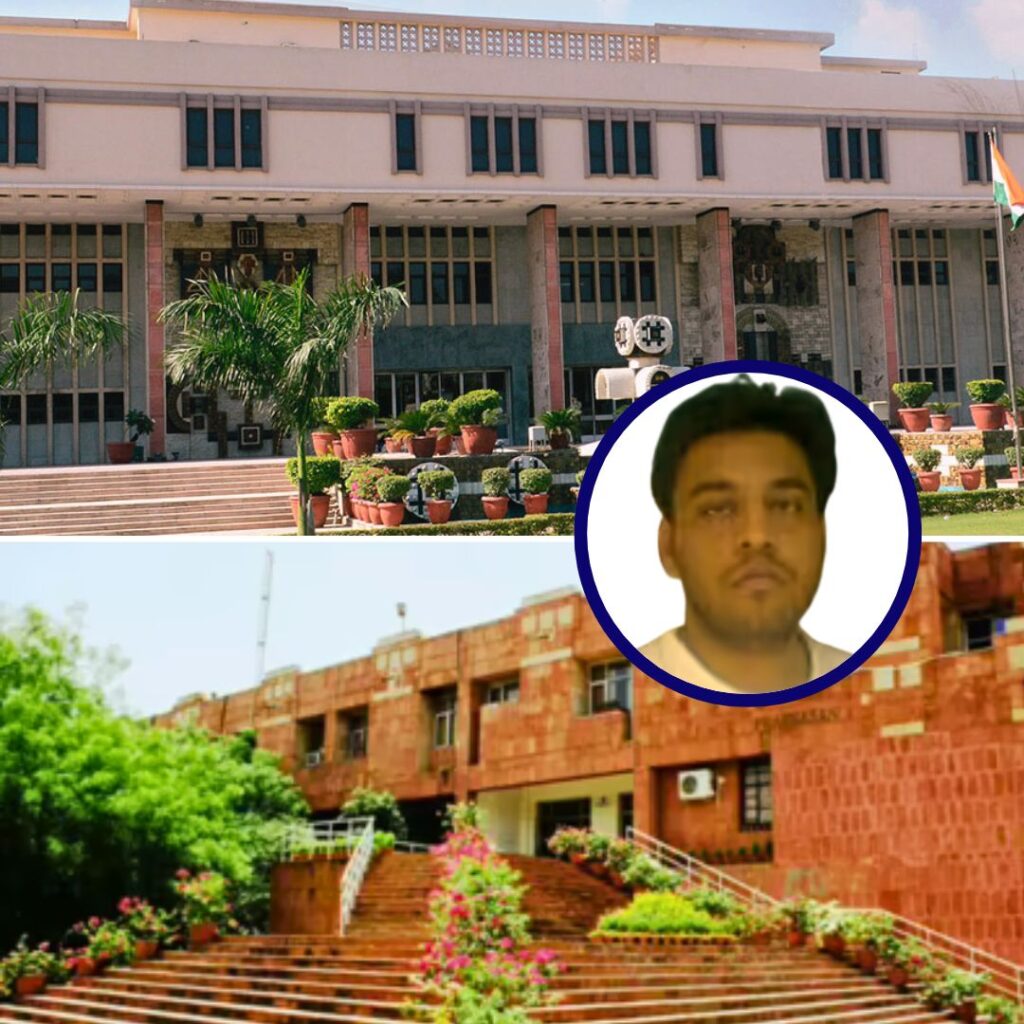Small Video Brings Huge Relief: Here’s What Community Media Can Do From our friends atVideo Volunteers
July 25th, 2017
Many risked their lives due to the lack of an affordable ambulance service in a village in West Bengal, but things turned around when Bikash Barman made a video.
The delay in arrival at a public health facility, in seeking care and the delay in provision of adequate care have been identified as central causes of maternal mortality and need to be addressed to ensure that India meets Goal Three, Target 3.1 of the 2015 Sustainable Development Goals which seeks to “reduce the global maternal mortality rate to less than 70 per 100,000 live births by 2030.” While the World Health Organisation stipulates one ambulance for every 100,000 people in the plains and one ambulance per 70,000 people for more sparsely populated areas, a study conducted by the All India Institute of Medical Sciences (AIIMS) revealed that in New Delhi itself, there is one ambulance for every 144,736 people. Far from the national capital, the condition worsens in India’s rural areas.
In West Bengal, there are 788 ambulances against the ideal number of 913. A study in the Purulia district of West Bengal found that over 60% pregnant women in the district died in healthcare facilities while 12% were declared dead on arrival, attributing this to the lack and inefficiency of government ambulance services. The lack of ambulance services in Kalpani village of Coochbehar district led to a high rate of home deliveries, which can pose a threat to the life of the mother and child in case of high-risk pregnancies. The village is surrounded by the Torsa river on three sides and boats do not ply in the monsoon. The village does not have a Primary Health Centre either and in the monsoon months, it becomes difficult to get to the nearest hospital, making it particularly difficult for women to access maternal health care.
Karji was furious that she still had to give birth at home, which is often risky, despite having spent out of her pocket to get to the hospital in the first place.
On December 11, 2016, Minoti Karji, a resident of Kalpani went into labour. Repeated calls to 108, the ambulance helpline went unanswered and eventually, a private vehicle was hired for 700 rupees, a hefty sum for most residents of the village. According to a UNICEF study on maternal and perinatal death, the high cost of transportation often deters poorer families from accessing healthcare. In cases of emergency, precious time is wasted over deciding whether to spend on a private vehicle or not and the loss of time leads to deaths. In Karji’s case, the family did manage to take her to the hospital in time but she was told that she still had over a month for her delivery and was discharged the next morning despite being in pain. Karji delivered her baby later that evening. Karji was furious that she still had to give birth at home, which is often risky, despite having spent out of her pocket to get to the hospital in the first place. She didn’t have the money to hire another private vehicle to go the hospital and so, gave birth at home. After the incident, Bikash took up the issue of maternal healthcare in the village and decided to first take up the issue of unavailability of ambulances through a video in December 2016.
For the next six months, the community with support from Bikash and White Ribbon Alliance (WRA), a non-profit that is working on addressing the issue of high rate of home births in Kalpani, pursued the case. The video became an important tool for reaching out to stakeholders across the board: it was first screened at a meeting of the gram panchayat in the presence of the village headman. Soon, the village headman along with ASHA workers (community health workers) from Kalpani and WRA decided to take up the issue with MP Partha Pratim Roy, who asked the gram panchayat to file an application. The panchayat submitted the application in February itself. By March, the village got its own 24/7 ambulance and the service was finally inaugurated on June 2, 2017. Bikash says that buying and registering the vehicle took some time. Nonetheless, the availability of the service is a huge relief for the residents of Kalpani. Minoti Karji is visibly happy that maternal and child care is now within reach.
The story of Kalpani is an example of how a community with support from civil society and a willing state can ensure delivery of maternal healthcare services even to the most remote areas. While in the case of Kalpani, the state authorities did act; examples from other parts of the country show how communities and organisations have come up with alternatives in the absence of support from the state. In Bilaspur in Chhattisgarh, Jan Swasthya Sahyog (JSS) runs buses connecting villages to health centres at 40 paise per kilometre. A public-private partnership model is also being followed in some states; Deepak Foundation…











